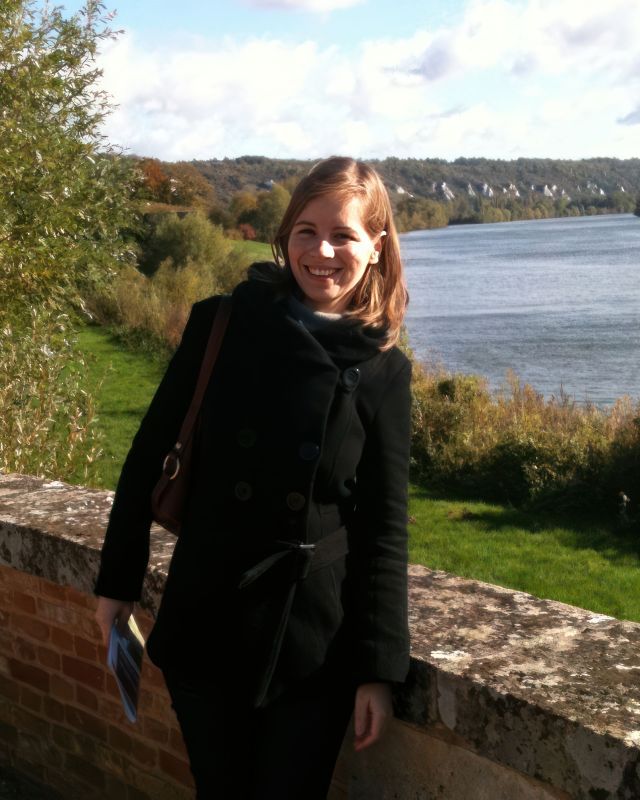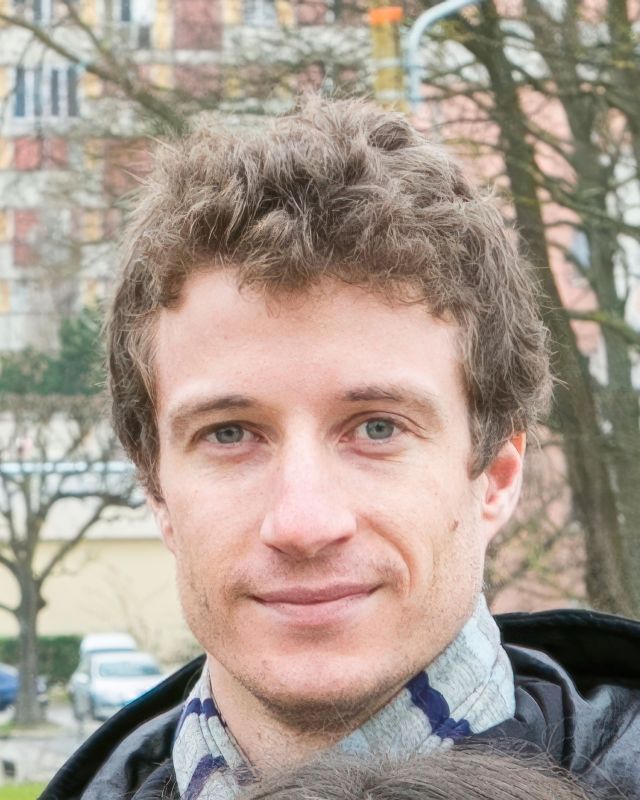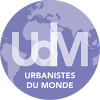Portrait
Frank Zschiegner - STU 2006 - Head of the economic development team at the agglomeration community of Versailles Grand Parc
Posted on | Alumni Portrait
Portrait by Julie Teissedre
In Situ met Frank Zschiegner in 2013, he was in charge of economic development for the city of Vélizy-Villacoublay:
"Frank has been working in Vélizy for almost four years now, but a major change is coming as the competence for economic development will be transferred to the agglomeration. Despite the uncertainty, this is an exciting prospect for Frank as it gives him the opportunity to work on a new scale.
Three years later, he is now the team leader. And, as announced, he now works for the Versailles Grand Parc Urban Community.
But what does this mean in concrete terms? Here are 4 questions to Frank Zschiegner by Julie Teissedre.
What is the objective of the economic development team?
The mission of the economic development team is to strengthen the economic activity of the territory; both endogenously, by promoting the working conditions and synergies of the companies already present, and exogenously, by attracting new companies.
What are the roles that make up your economic development team?
The economic development team consists of three people and myself.
One person is in charge of the economic observatory. She collects data on companies and on the land market for business premises. This allows us to respond precisely to requests for setting up and to identify the shortcomings of the economic fabric in order to refine our prospecting.
Another person is in charge of business relations: she leads the business clubs - some are autonomous thanks to their maturity, others are not - as well as the PDIE (Plan de Déplacement Inter-Entreprises) and organises events for professionals, in particular an annual inter-club meeting and thematic breakfasts. Last year, a meeting on entrepreneurship and innovation was held at HEC, which was very successful. The aim is above all to provide the logistics and the opportunity to meet: it is not our role to replace the clubs.
A third person has a specific mission, the development of a standard concerning "sustainable business parks" with the help of AFNOR. The focus is on improving the working conditions of employees, independently of the ecological aspect. This mission reconciles planning and economic development. This makes it possible to stimulate the renovation of an ageing stock and to increase the attractiveness of the territory.
My role as manager is to supervise the team but also to be the link with external partners, mainly the region, the State, the competitiveness clusters and also the OIN Paris-Saclay. I inform about changes in the system and, among other things, I prepare the files of companies that can benefit from state support linked to social plans.
What are the challenges associated with working at the Agglomeration Community level?
The perimeter of the Communauté d'Agglomération has been modified several times since 2003, which has been a source of instability. It is now composed of 19 municipalities. The main challenge is therefore to federate the will of the elected representatives, who despite their same political colour, still too often think on a communal scale, which may also seem legitimate, insofar as the representation of their commune is part of their remit. The Commission of elected officials in charge of economic development meets every 2 or 3 months, so it is necessary to prepare these meetings, define an agenda and make proposals. The economic distribution of the agglomeration being quite heterogeneous (the South, turned towards the Plateau de Saclay, has very visible business parks, contrary to the North where the economic activity is more diffuse), the elected officials have a different vision, which is why the work on the territorial project requires a consensus on the priority objectives and the means to be used to achieve them. Moreover, not all the communes apply to the CA in the same way. The smallest municipalities regularly call on it, whereas the largest, self-sufficient municipalities have internal resources and their problems do not always reach the CA.
On the other hand, the economy is an area that is interdependent with many other subjects: transport, planning, etc. Fortunately, the management is joint for economic development, transport and planning, which makes it possible to work across the board. However, interaction is not easy. In many areas, we are not decision-makers. For example, transport is decided by STIF and the Region. Similarly, for high-speed broadband, a current topic, we have to negotiate with the operators.
Finally, the Agglomeration Community must find its economic positioning. Internally, we must take into account the predominant weight of the central city of Versailles. Externally, the Agglomeration Community is sandwiched between the Greater Paris Metropolis, the Agglomeration Community of St Quentin and the Agglomeration Community of the Plateau de Saclay, which have more pronounced business positions. Elected officials are not necessarily aware of this competition, nor of the dependence on the Ile-de-France regional dynamic. This competition is accentuated by the fact that each scale claims to be a one-stop shop!
What are the challenges associated with working with business as a public actor?
As a public player, our aim is to create a sort of "cocoon", a set of services to make companies want to stay in the area or even come from elsewhere to set up. Indeed, the attachment to the territory can be improved. Many start-ups and small businesses leave for Paris, London or elsewhere. The knowledge of the role of the intermunicipal scale in economic development for an average company is limited, which is why we should not wait for companies to contact the Agglomeration Community, but rather go towards them. However, there are some encouraging signs: two recently created business clubs have chosen to use the name "Versailles Grand Parc" in their names, so we can assume that an identity is emerging.
The other major difficulty is to reconcile the short-term demands of companies with long-term public investments. Indeed, if their demands cannot be met, companies may quickly decide to relocate. But development investments, in terms of broadband for example, are very long; they are projects that can last 5 to 10 years. We therefore have to make the link between these two timeframes, which requires a lot of relationship building and anticipation.
In conclusion, this is not a job where I get bored!
Caroline Megglé - STU 2008 - Freelance Journalist
Posted on May 12, 2016
In Situ had the pleasure of speaking with Caroline Megglé, who graduated from STU in 2008, about her rather atypical career. A passionate jack-of-all-trades, s…
Thibault Hatton - STU 2010 - Contributor to Colours of the Future
Posted on March 25, 2016
From community development to urban social development For this new alumni portrait, I met Thibault Hatton, who works at Couleurs d'avenir, a firm specialisin…
 English
English  Français
Français 




